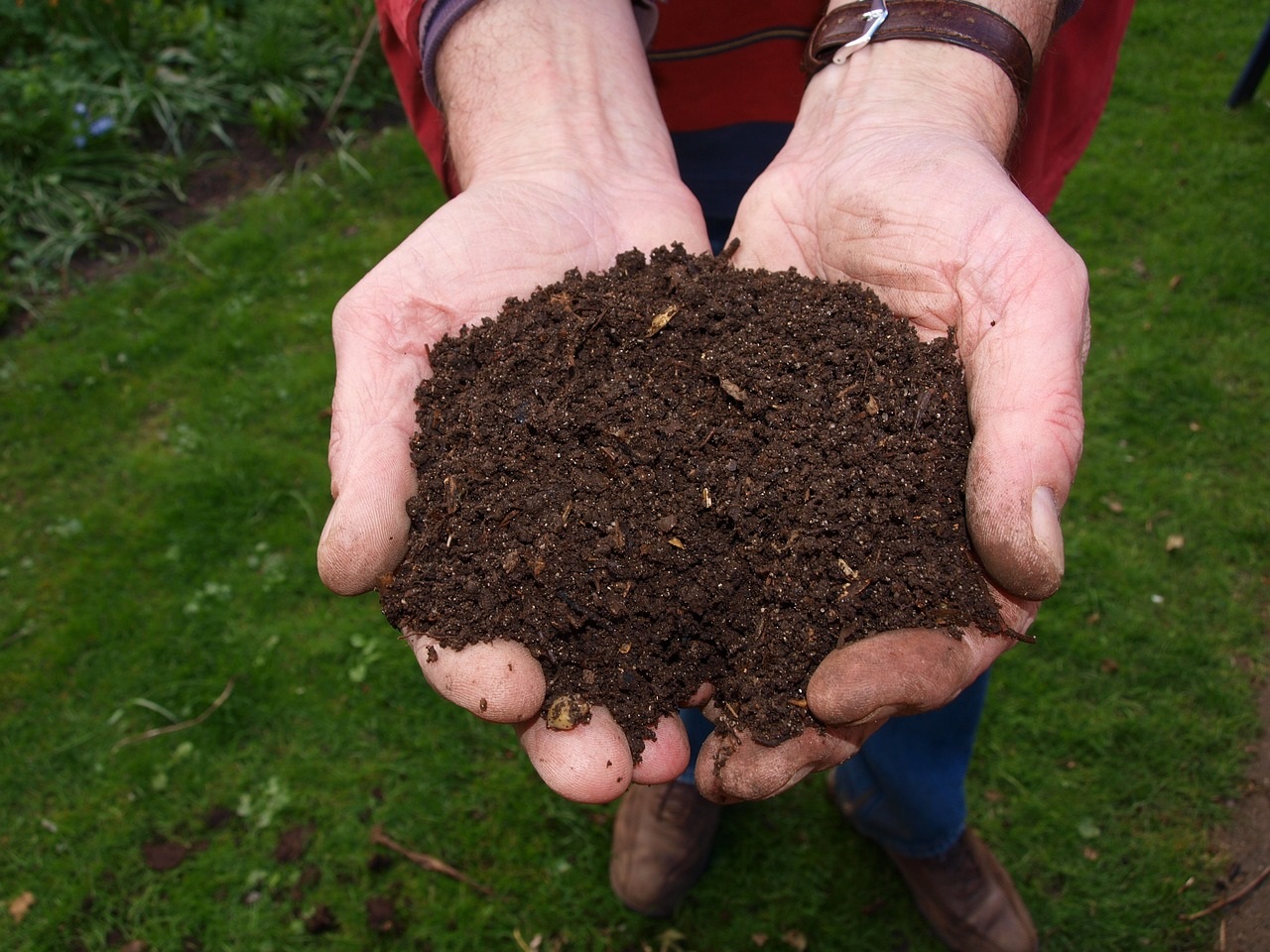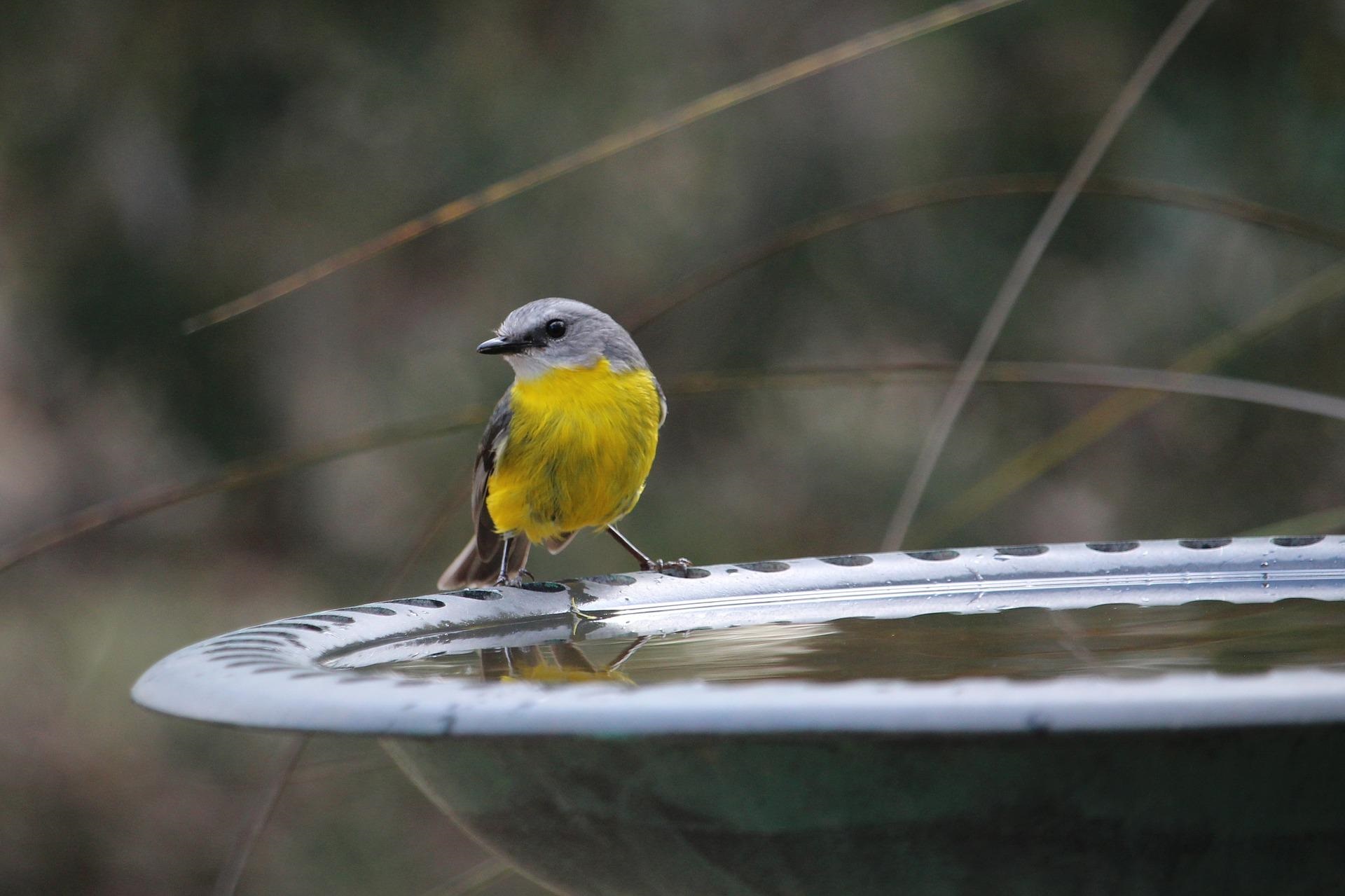Create a Water Resilient Garden
Implementing simple measures such as mulching and composting ensures your garden is water efficient and more prepared for times of drought.
Mulch

Mulch is an essential component of maintaining a water efficient garden. It can reduce evaporation from soil by up to 70%. Mulch is like a blanket on the soil. Not only do mulches conserve water and reduce the need for irrigation, they also moderate soil temperature, inhibit weed growth and, over time, improve the soil structure and health of plants.
Compost

Compost increases the organic content of the soil which helps to hold water. It also provides food for bacteria and worms, keeping your soil alive and full of nutrients. Compost is a win-win, which will help you save water and improve the health and structure of your soil.
Plant Native
Planting species that are suited to our local area can help to create more water resilient gardens. Talk to your local Landcare group about the best plants for your property. For more information about our local Landcare groups, click here.
Water for Wildlife

When conditions are dry, don't forget about our native animals. During extreme weather, they may rely on opportunistic water sources in order to survive. Be neighbourly and leave small amounts of regular, clean water.
Watering lawns
The accepted wisdom is you should not water too often. Giving the lawn a proper drink, less often, encourages deeper root growth and means your grass will be more able to withstand heat stress and dry periods.
Did you know that your lawn mowing practices affect how much water your lawn needs? The golden rule is never cut your lawn by more than a third of the grass length. Some people like to leave the clippings on the lawn to form a mini-mulch and retain moisture longer.